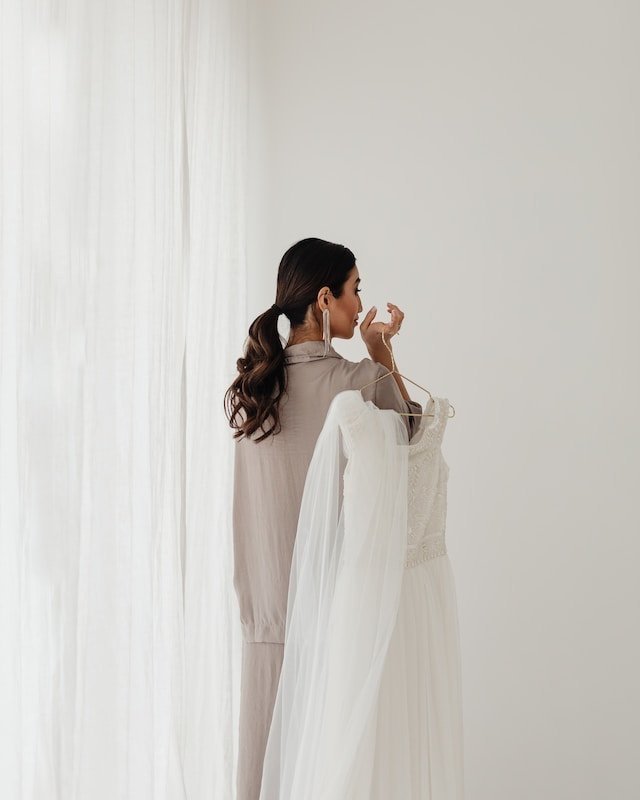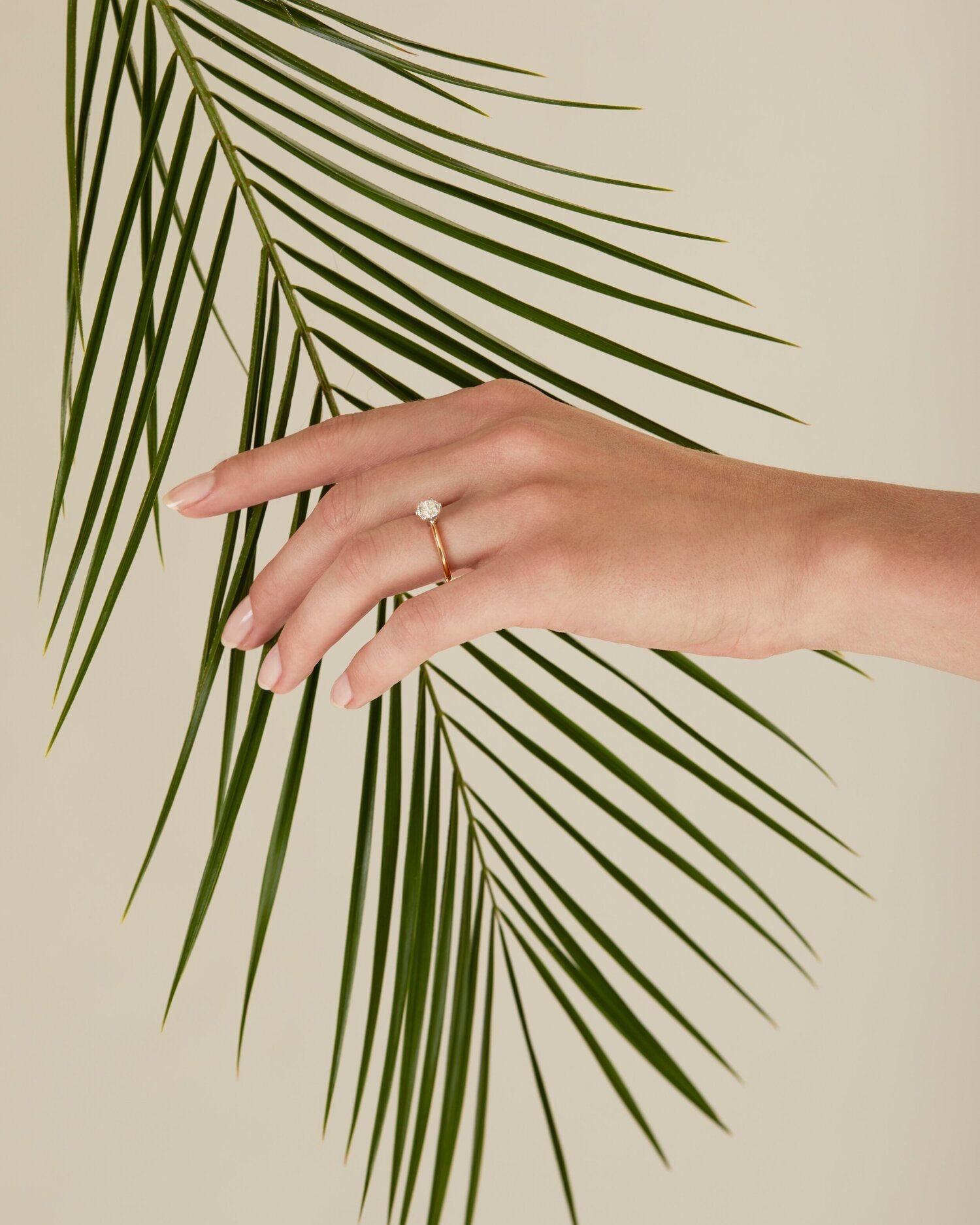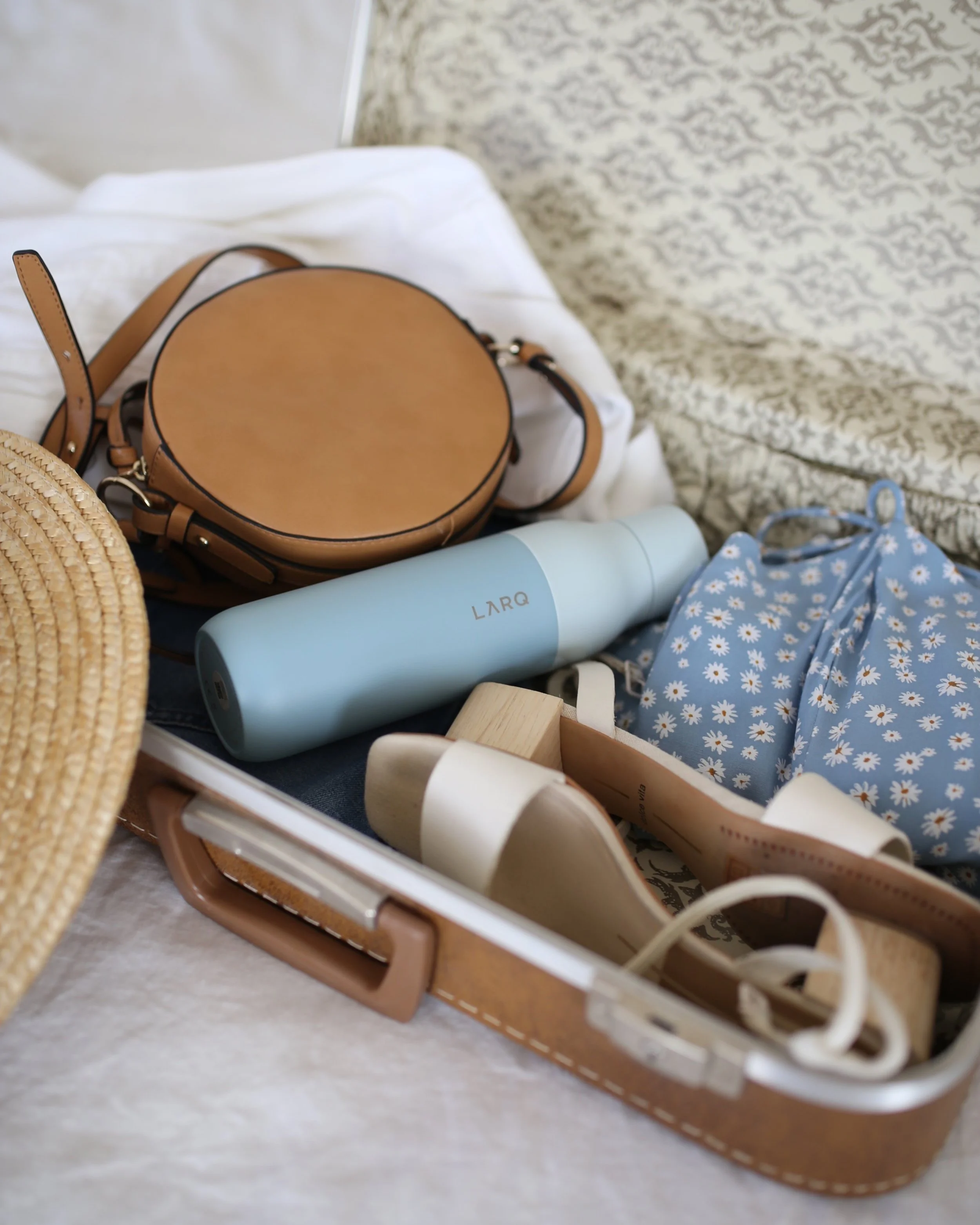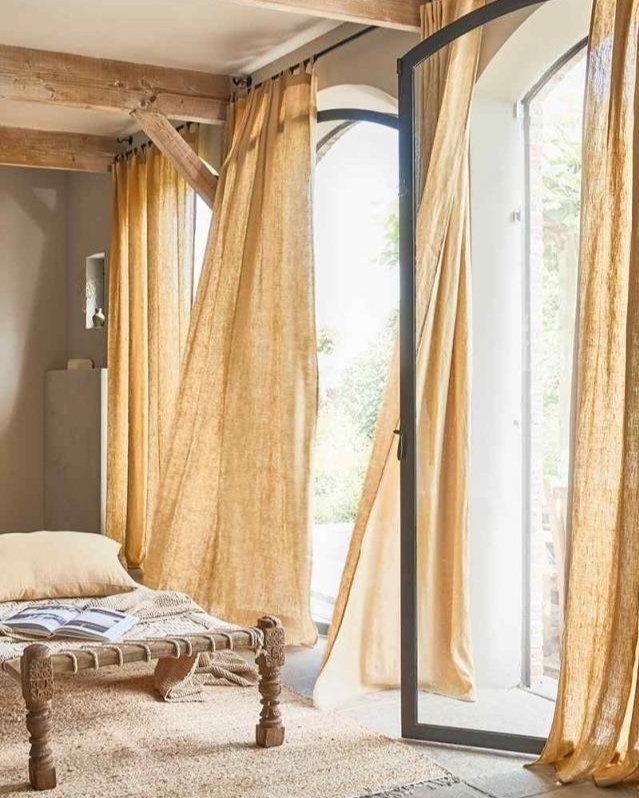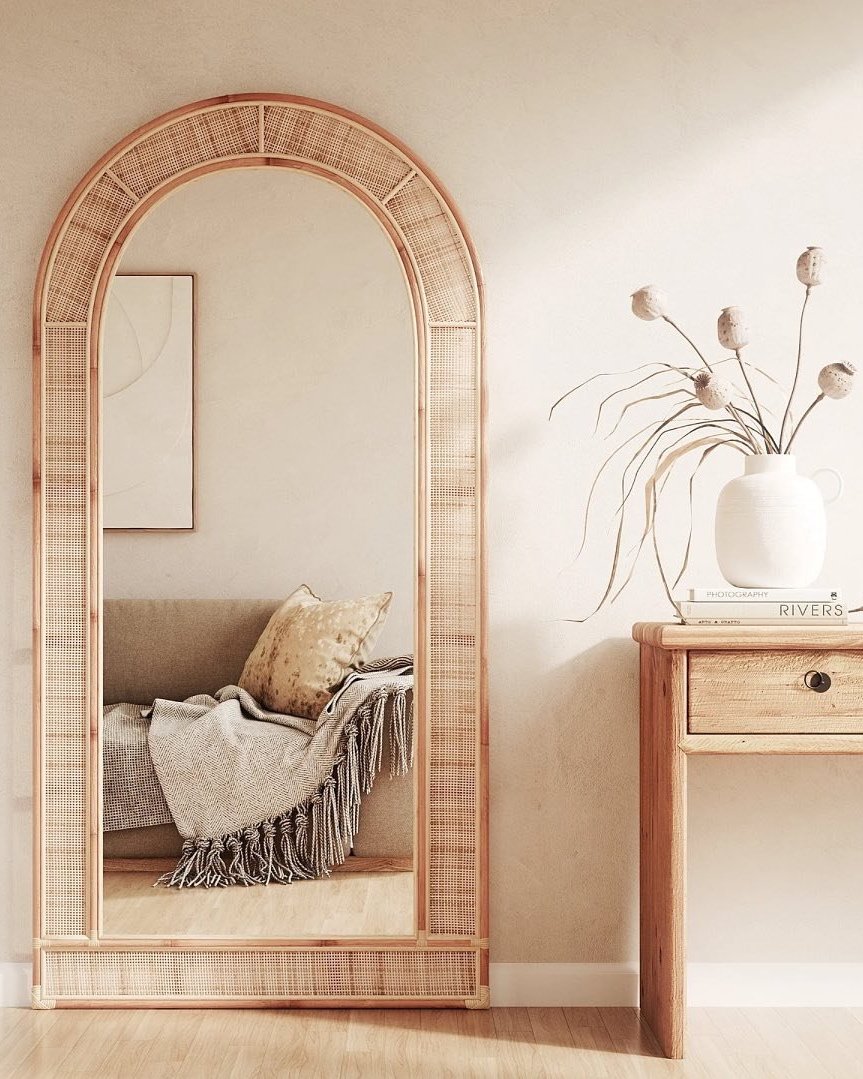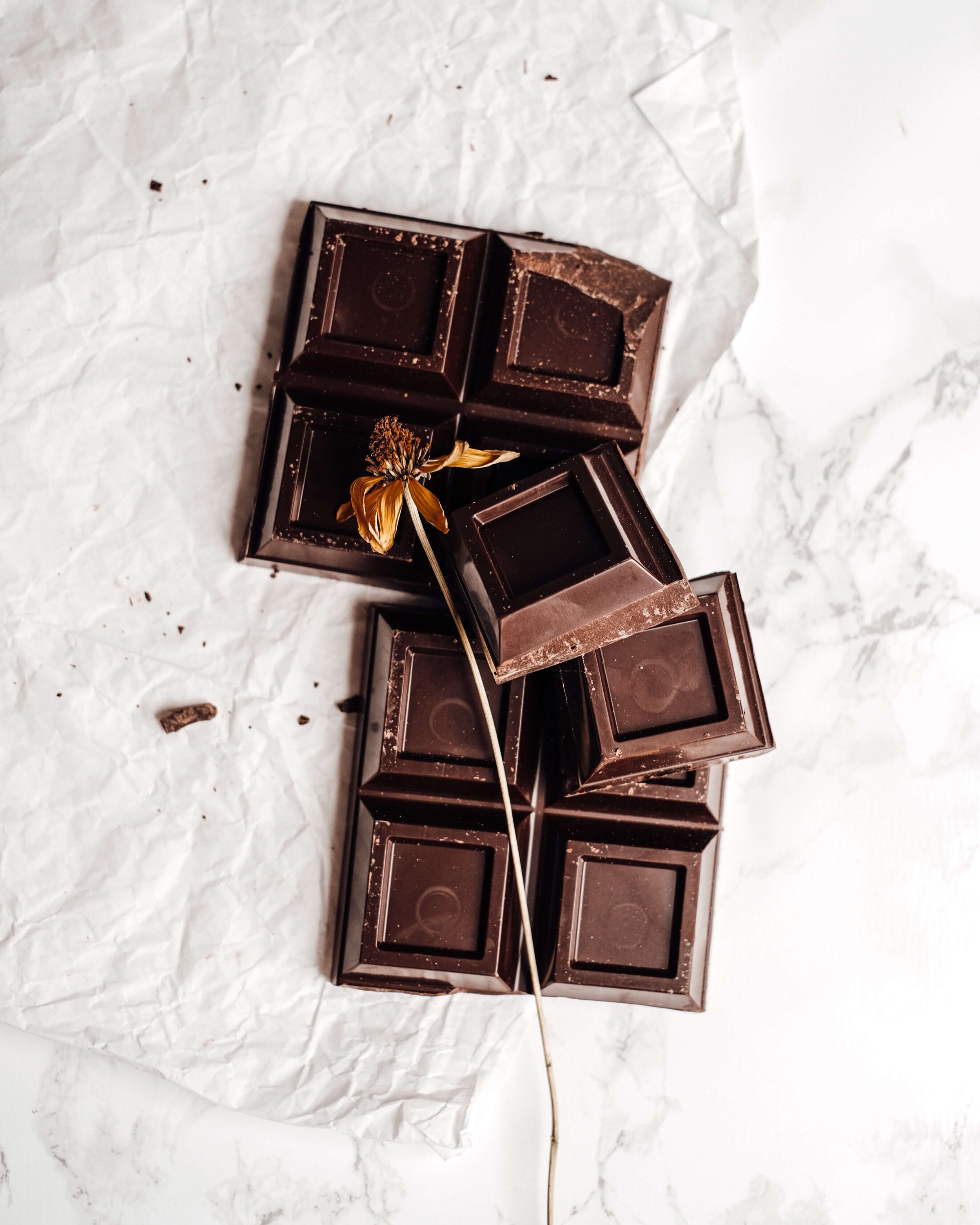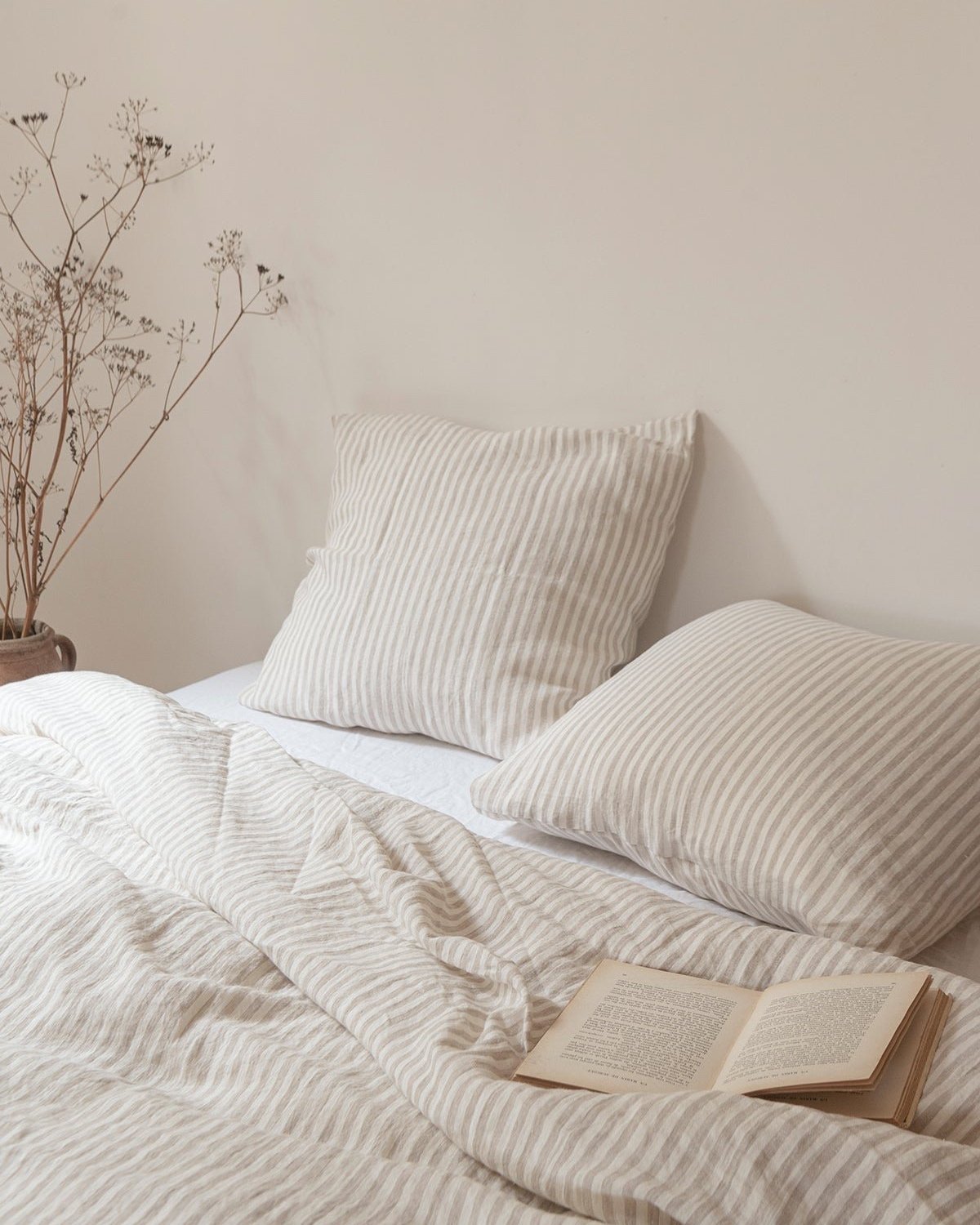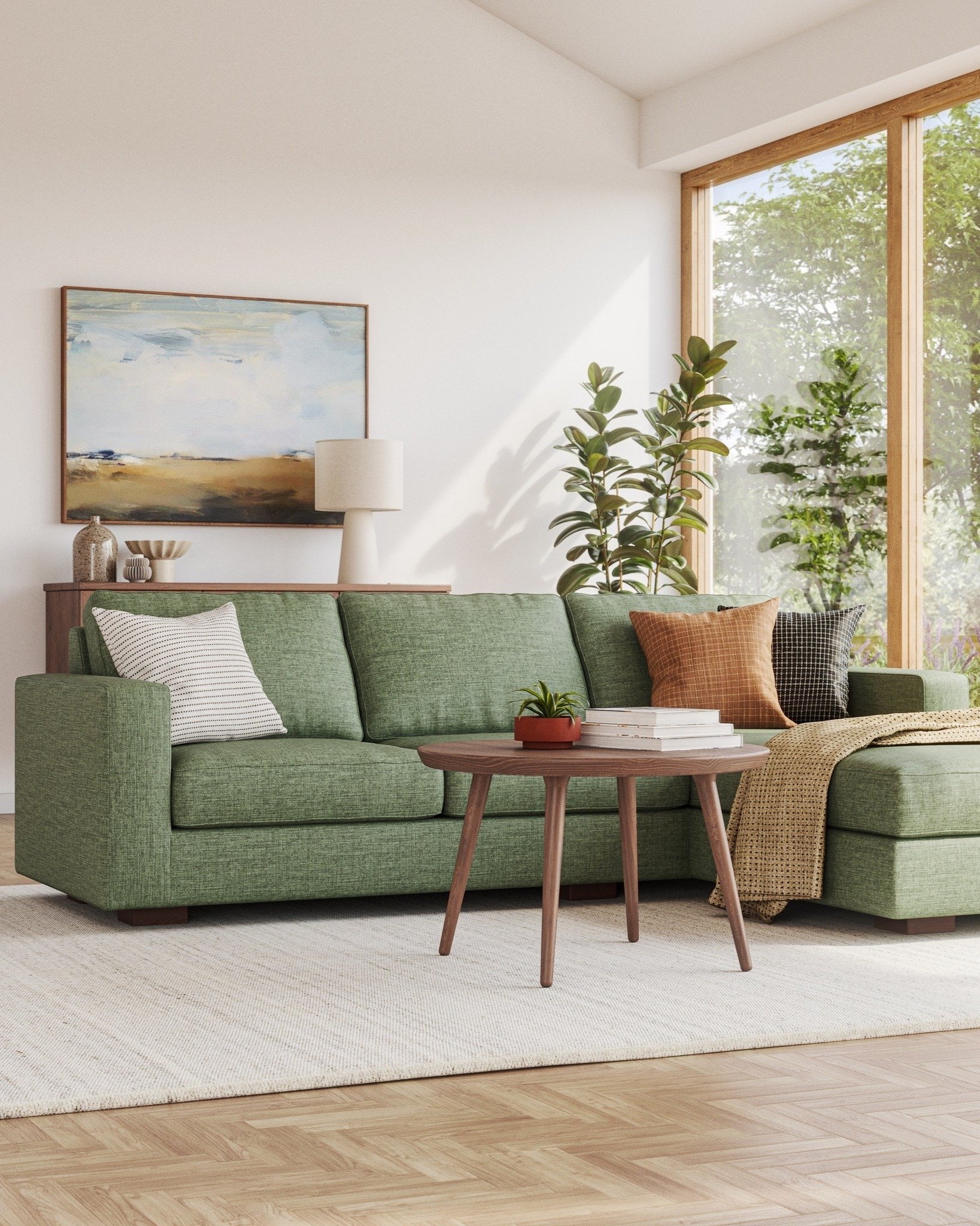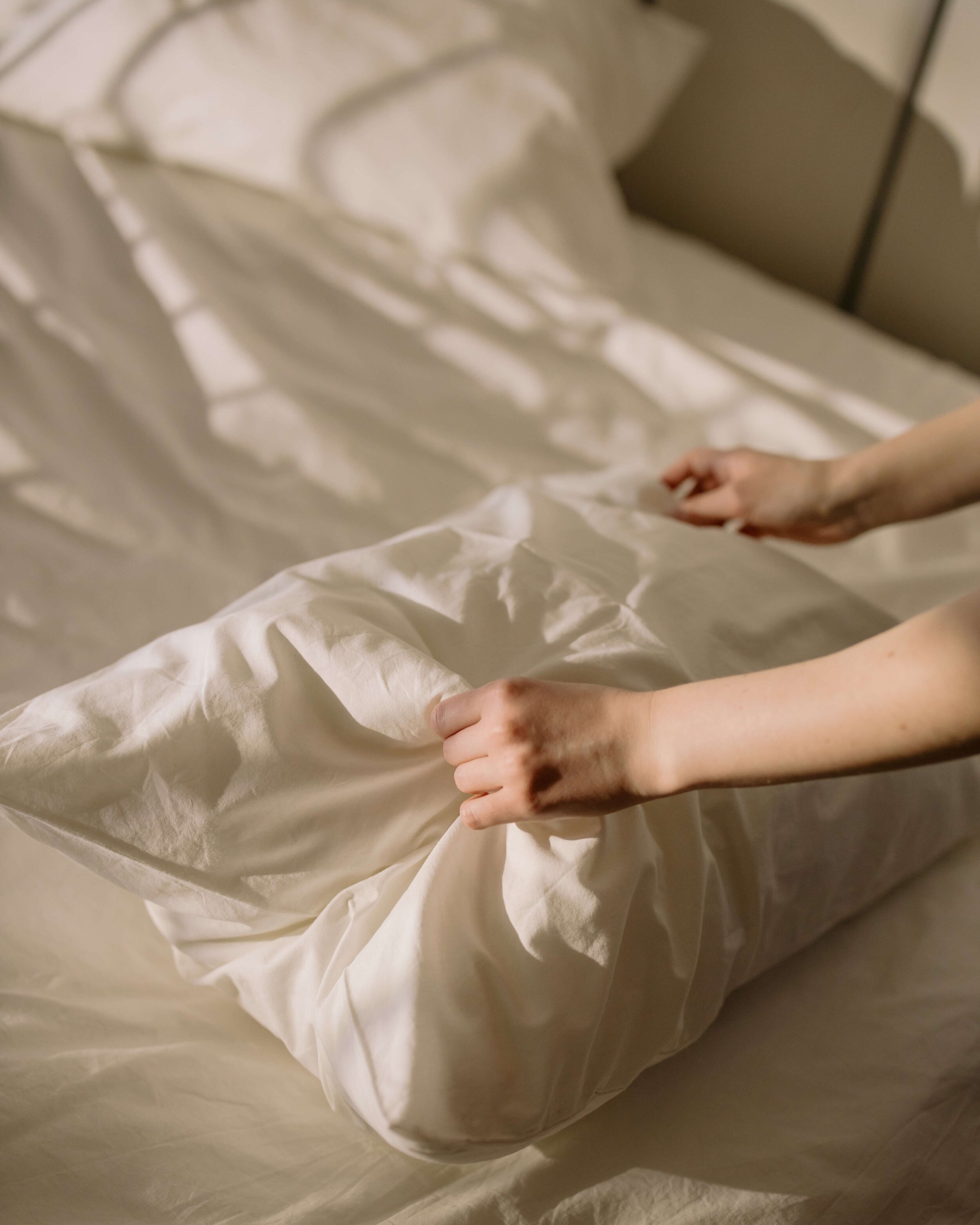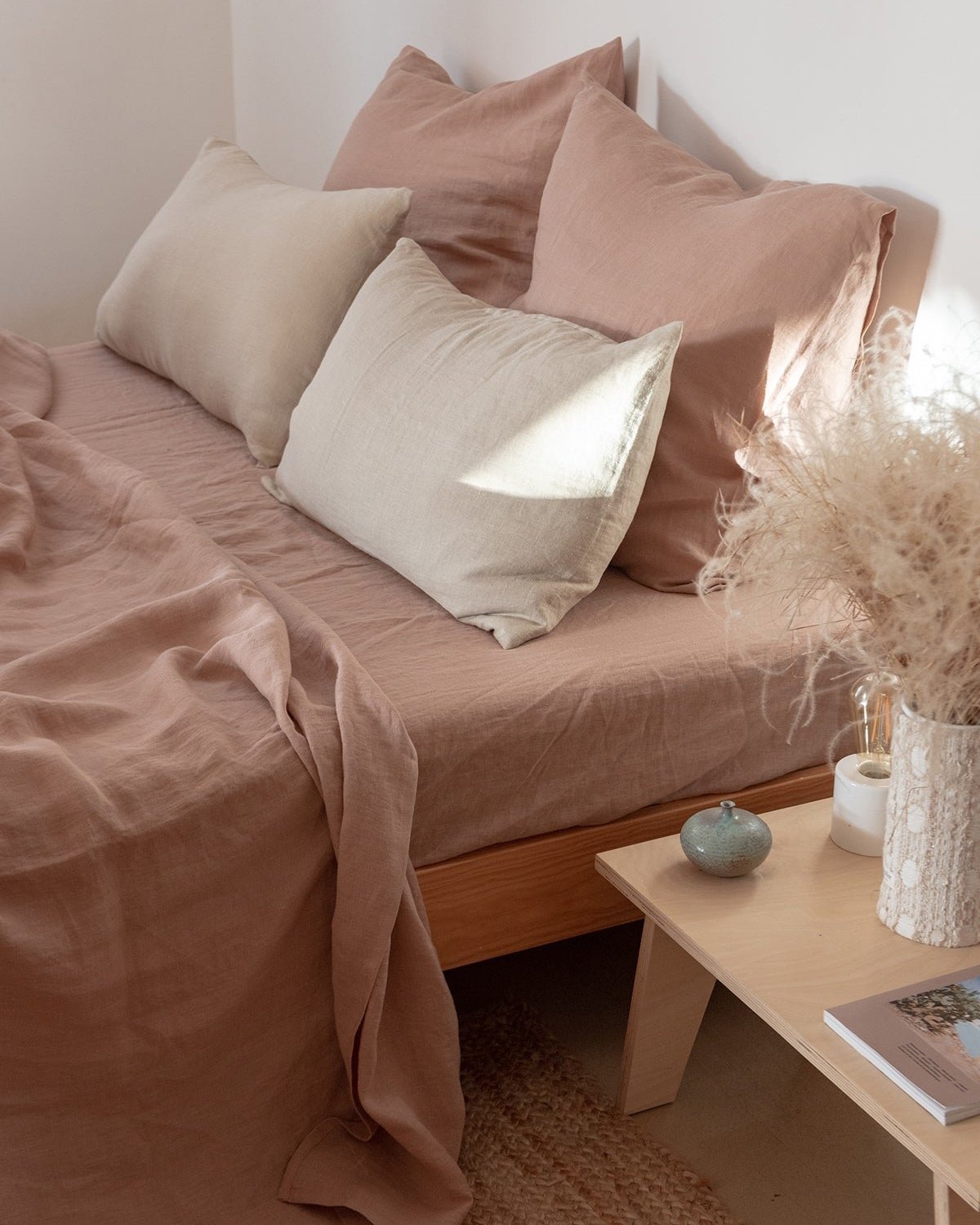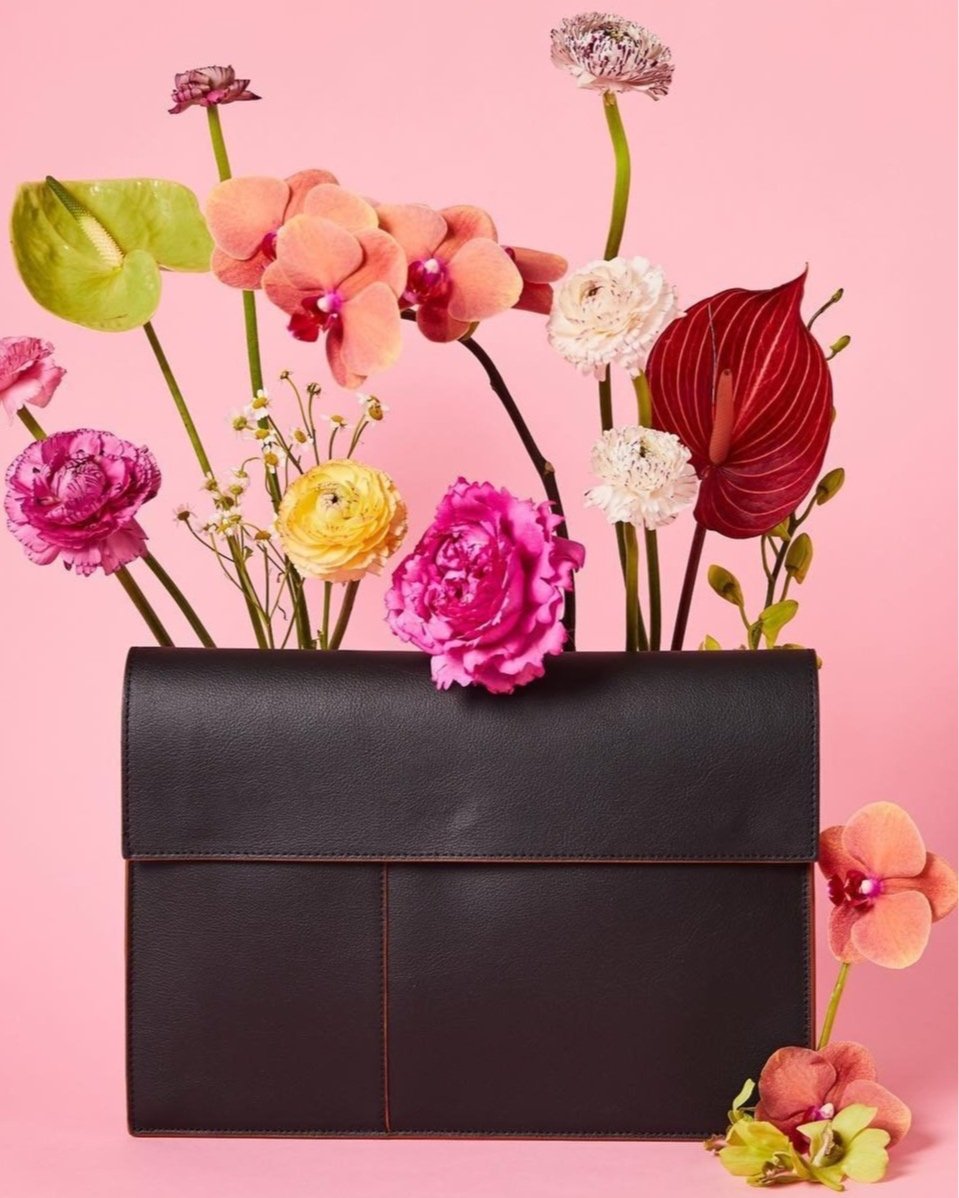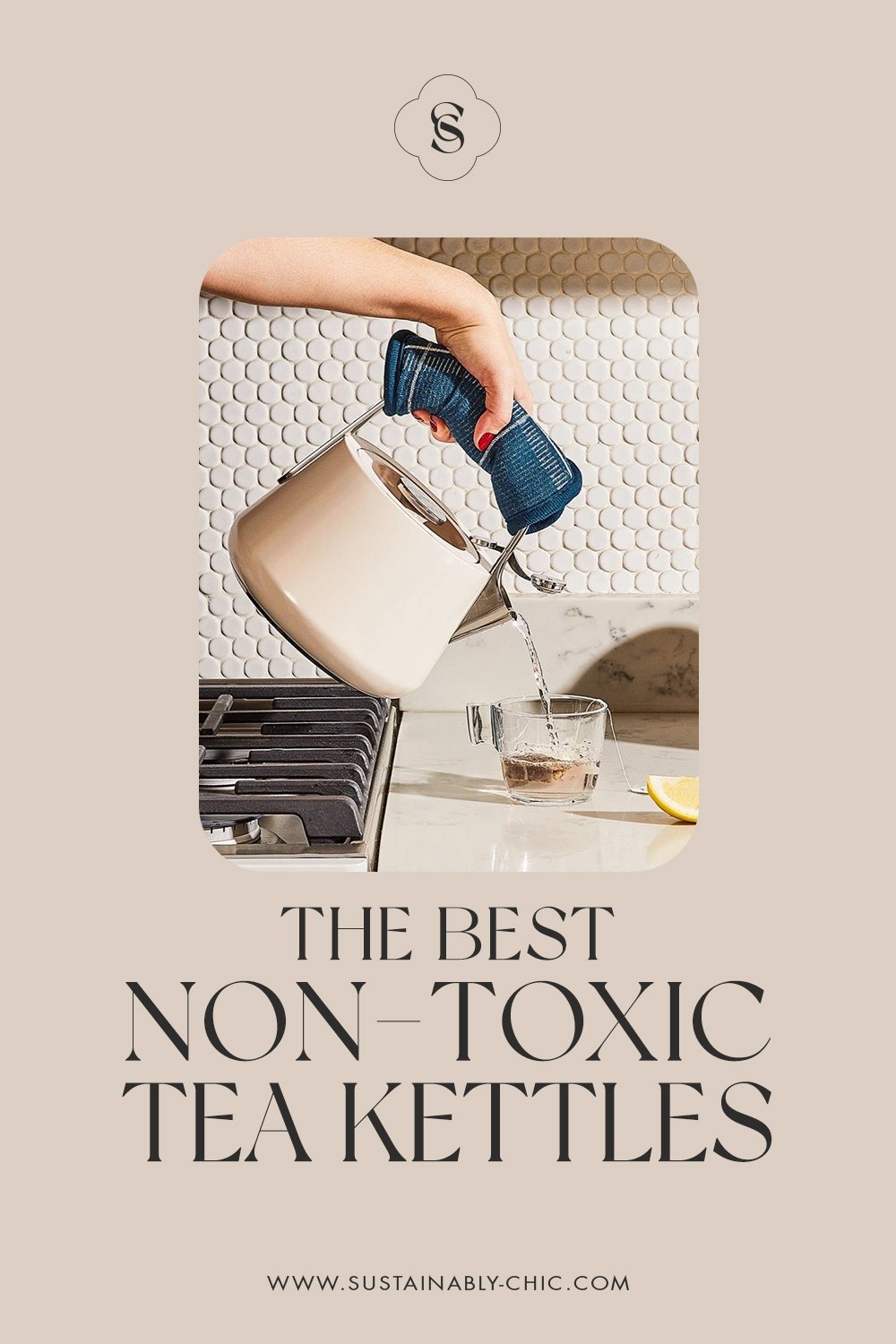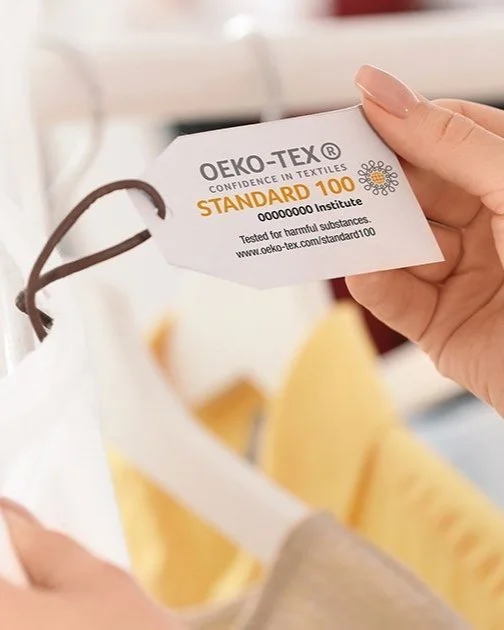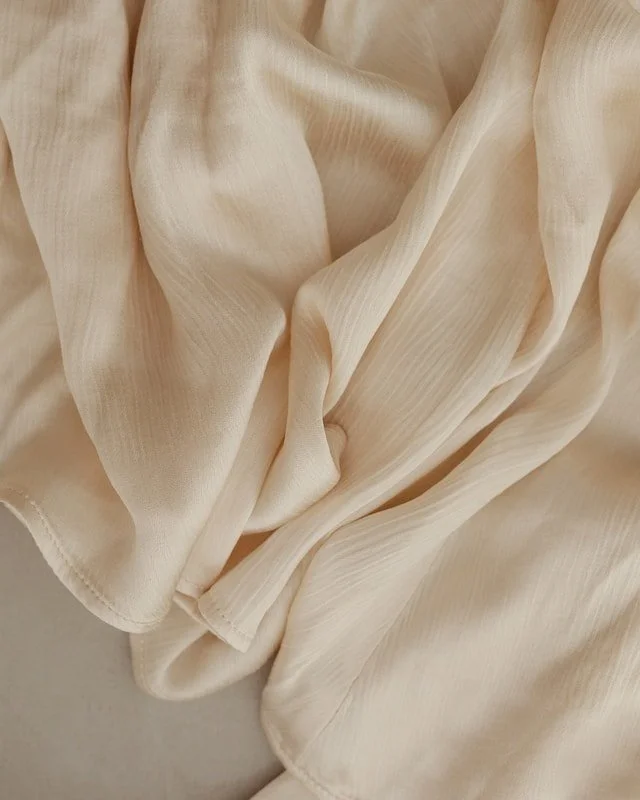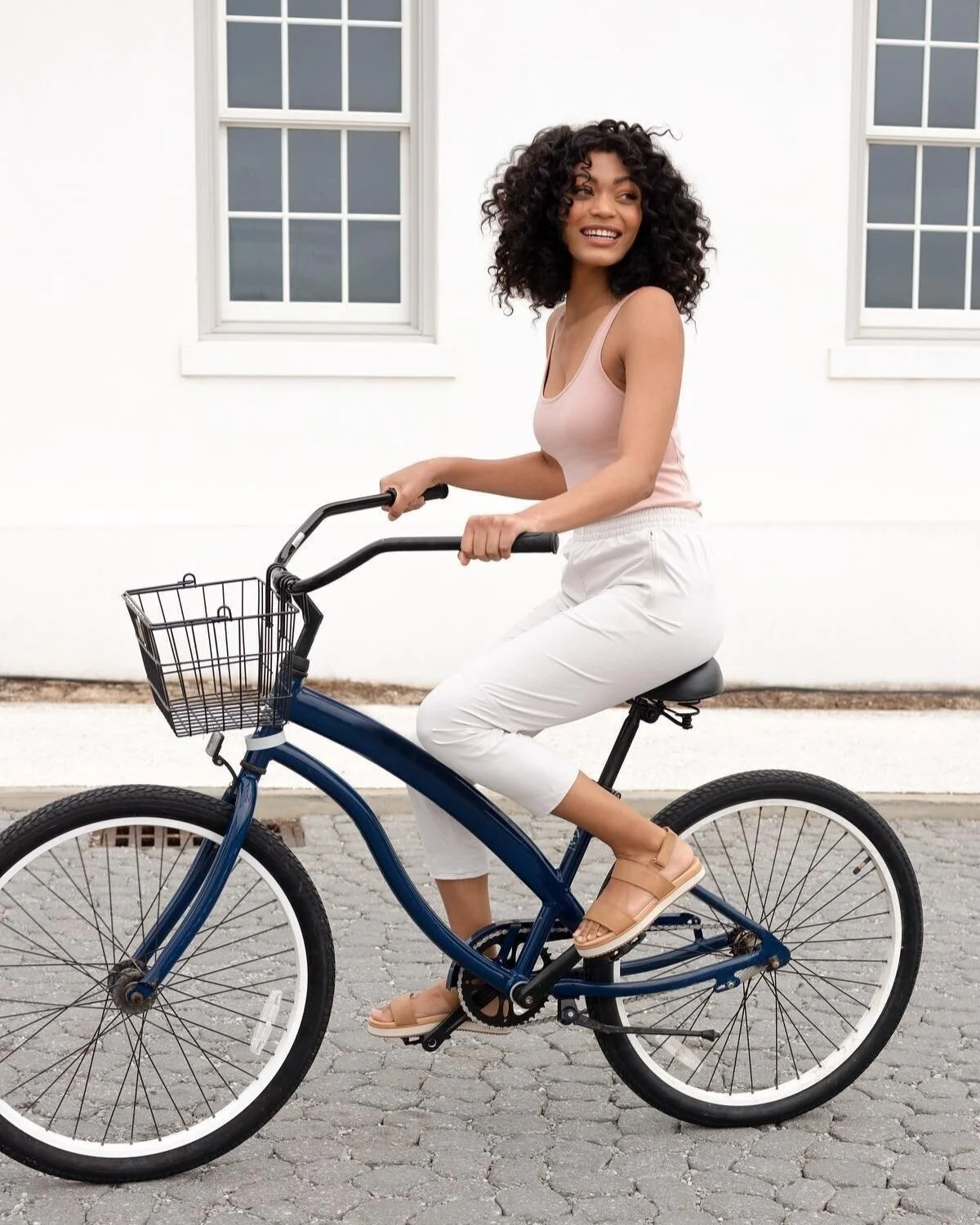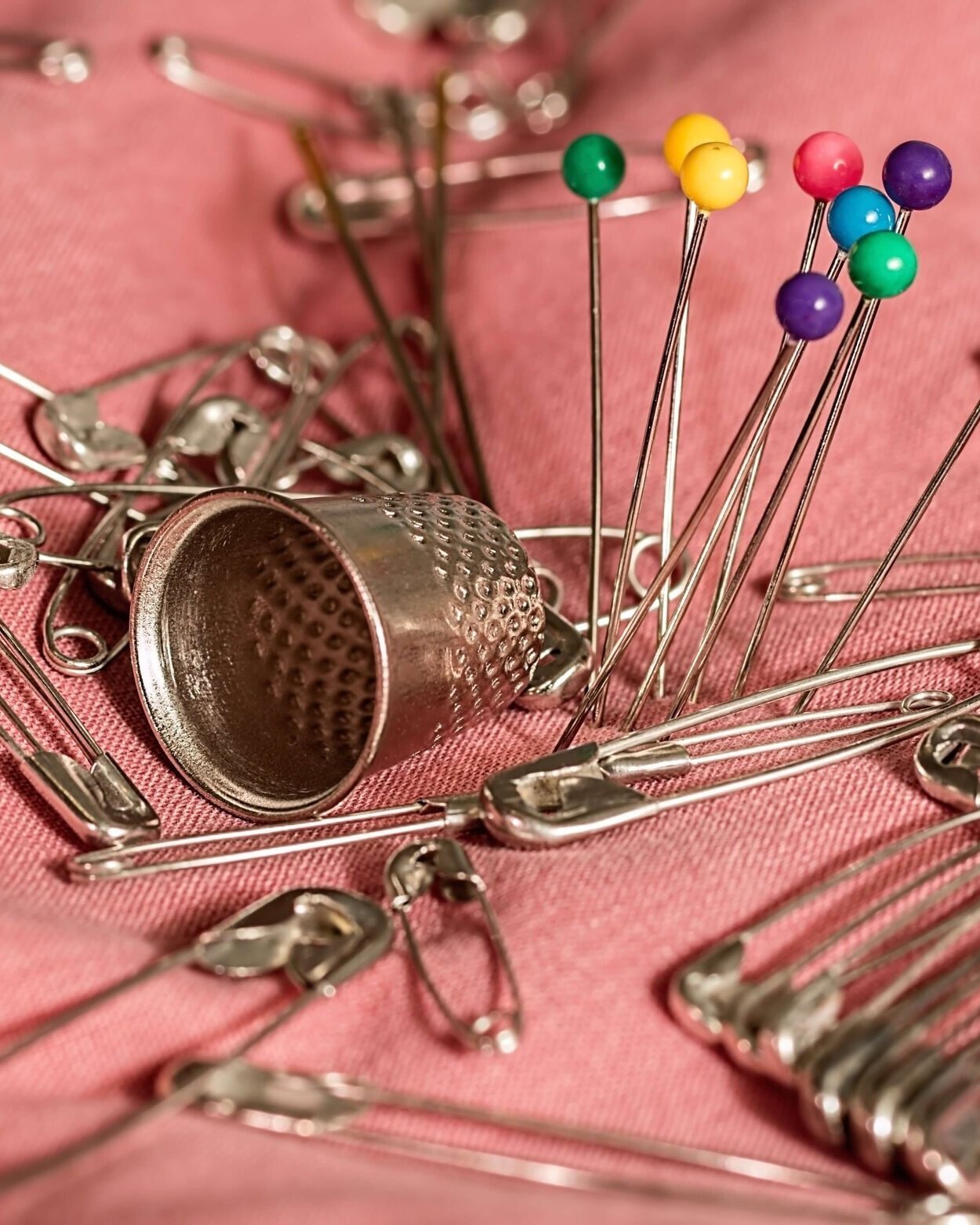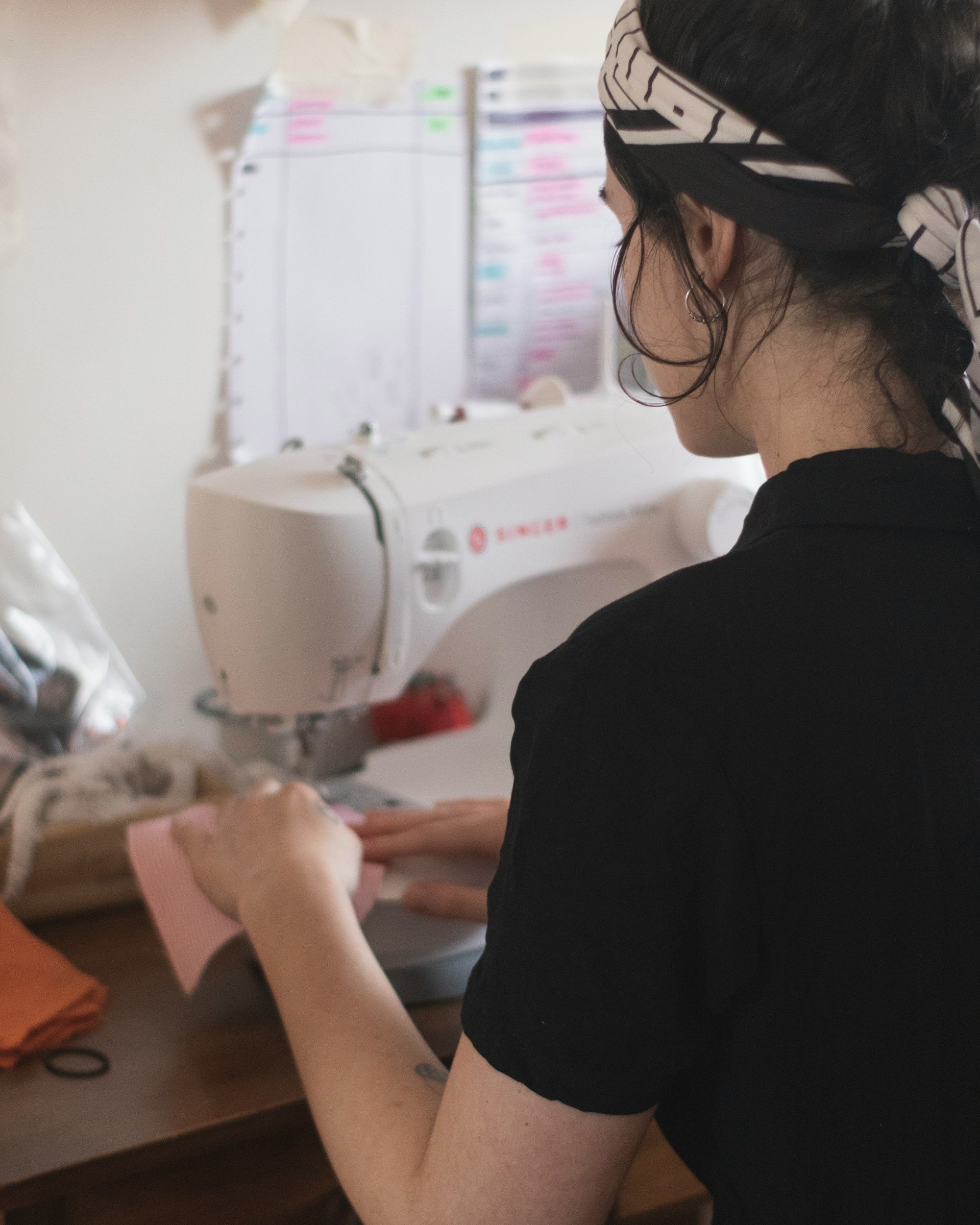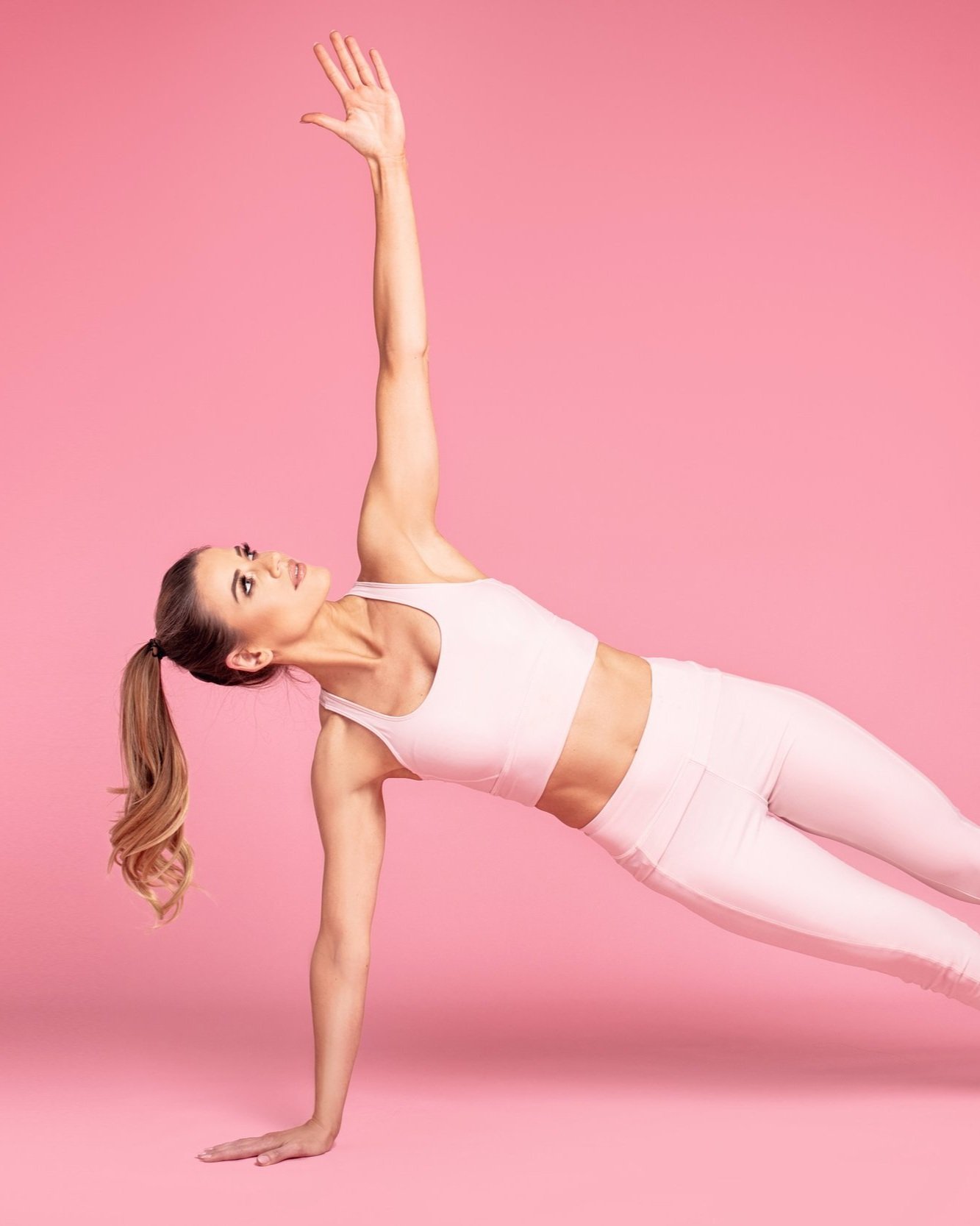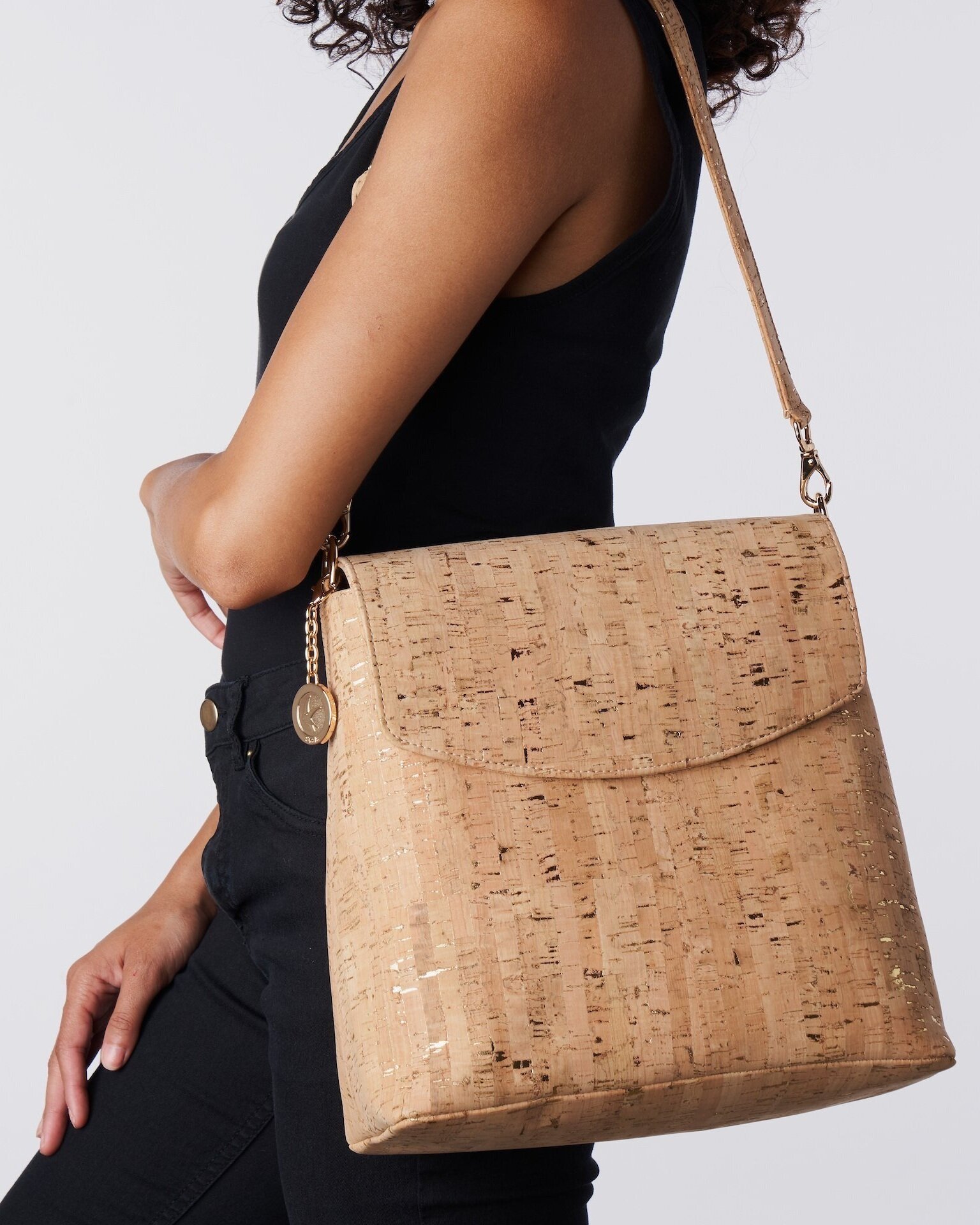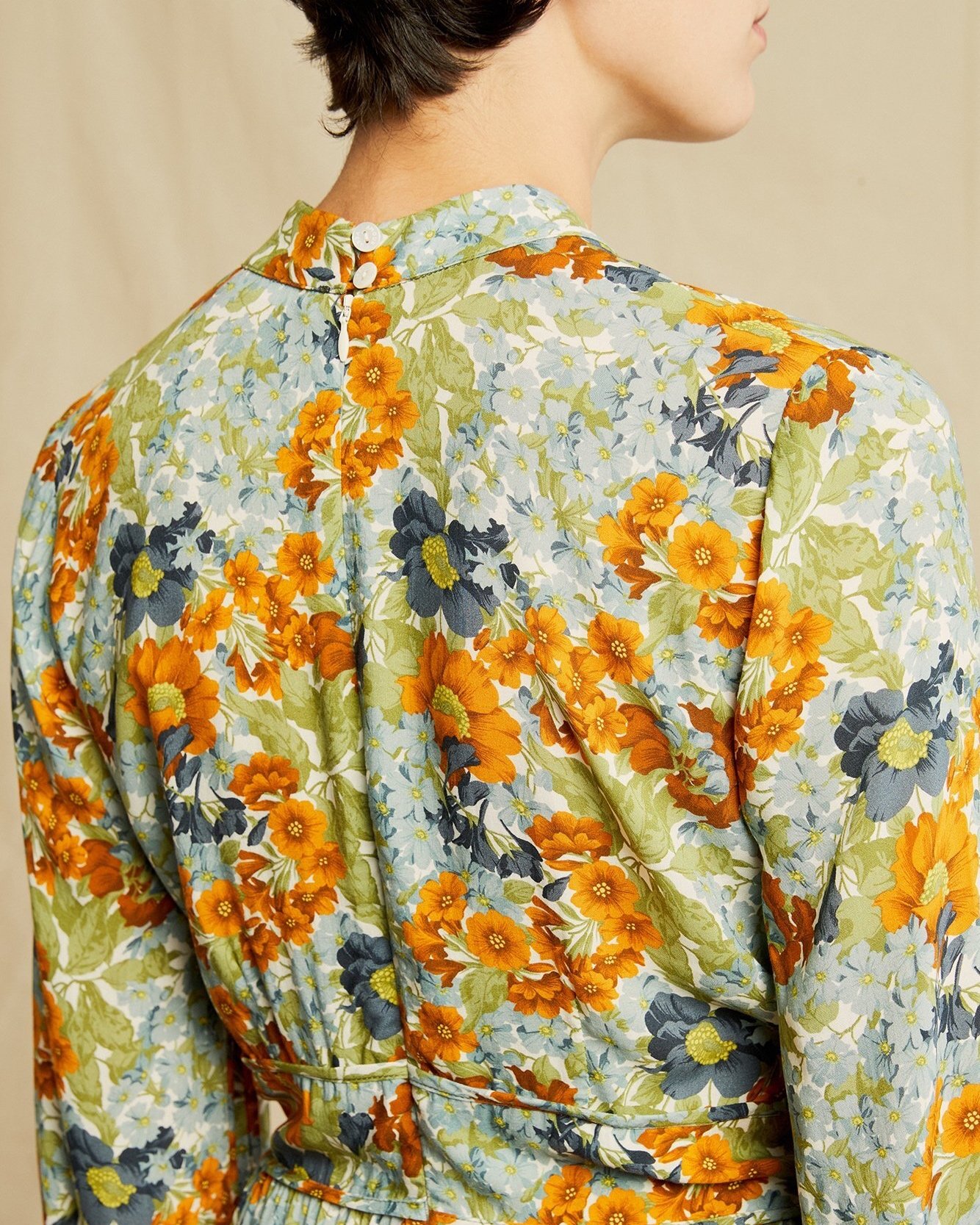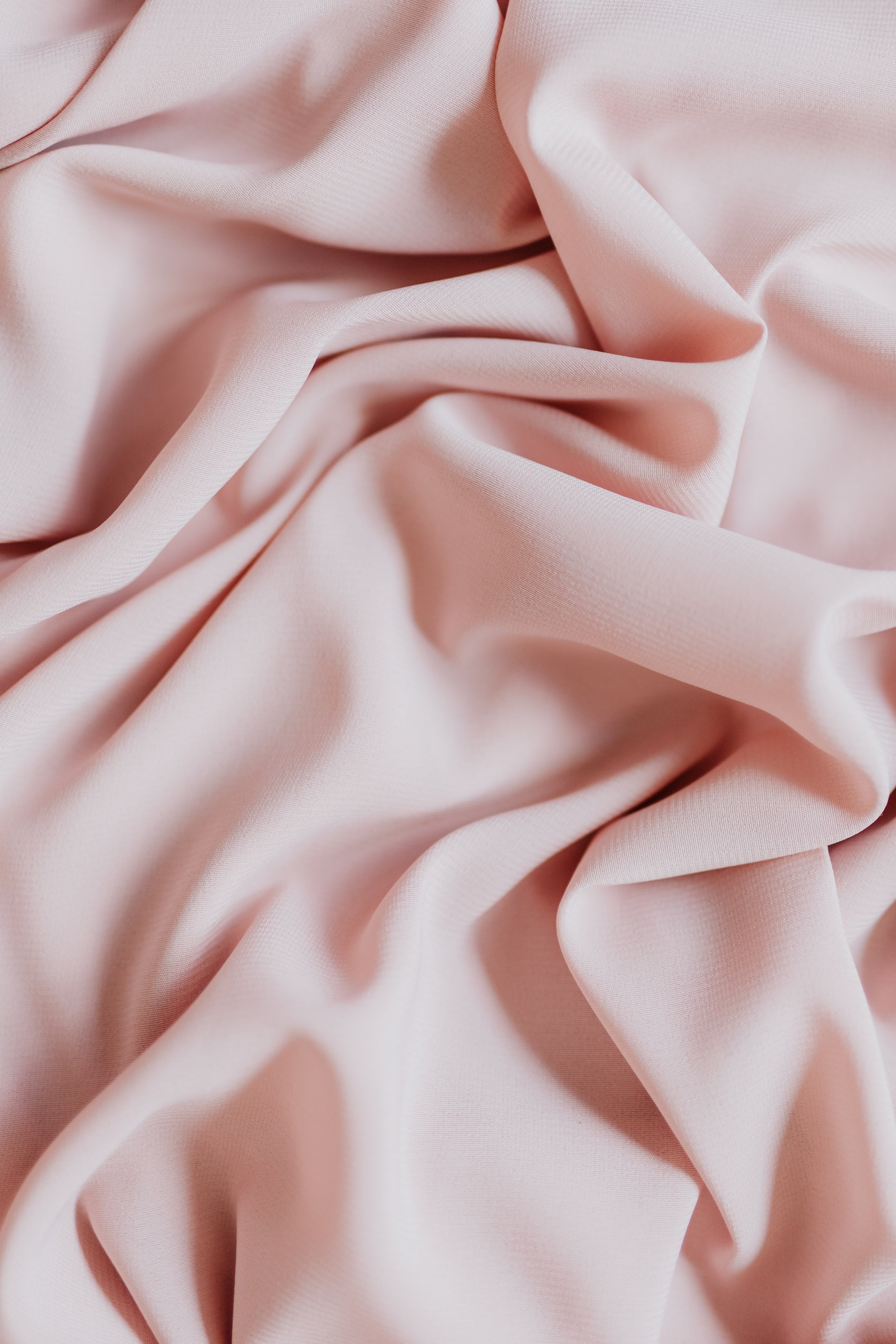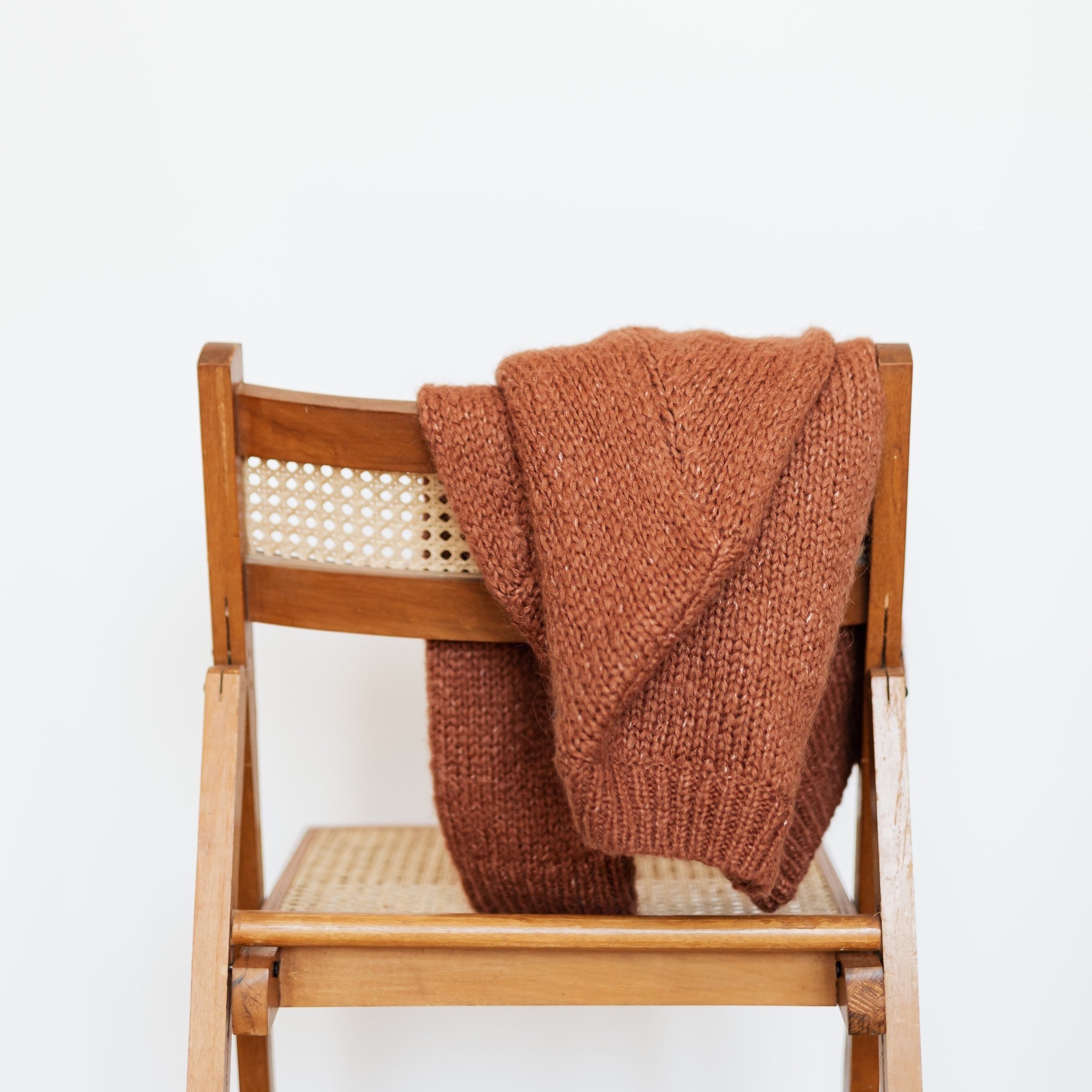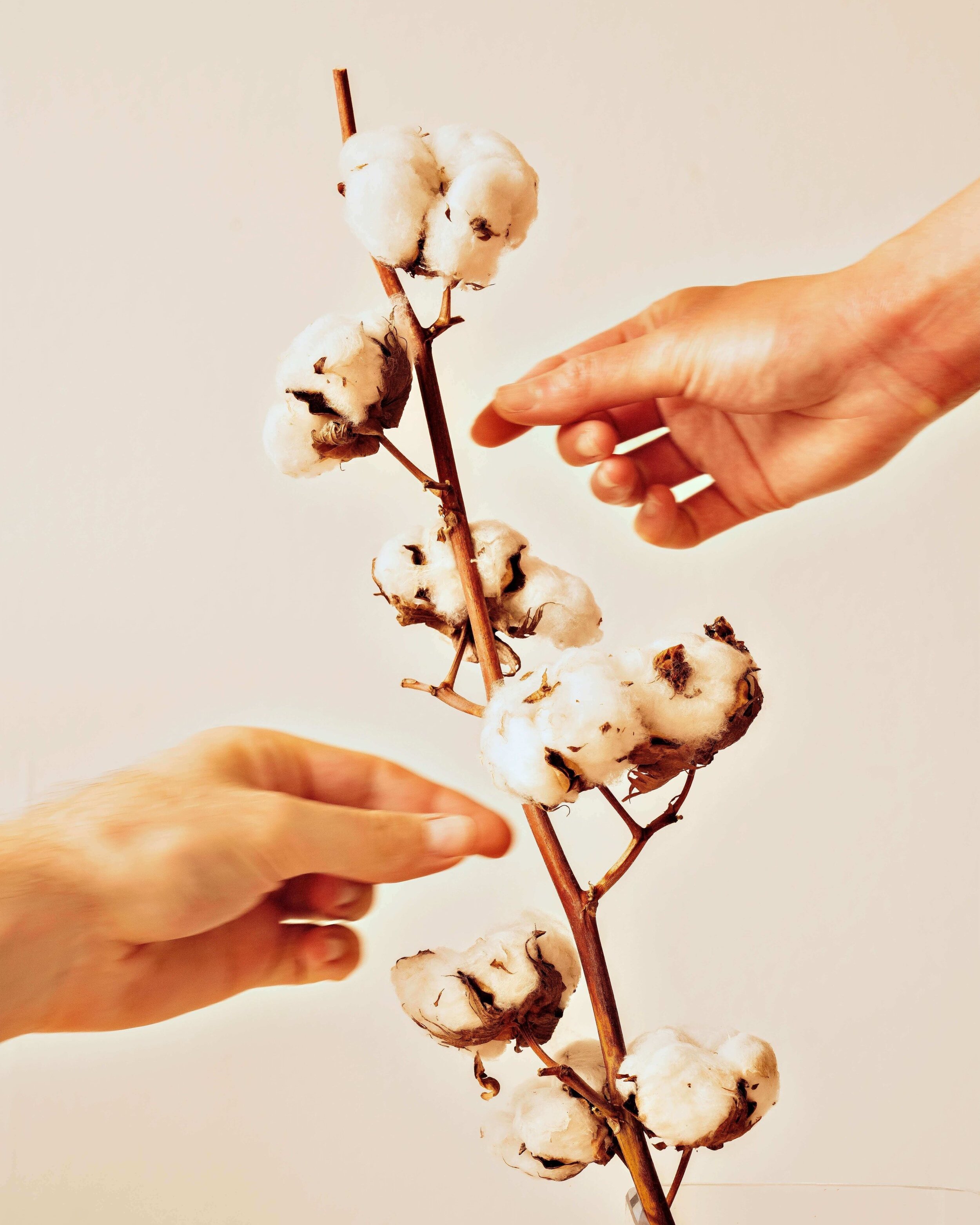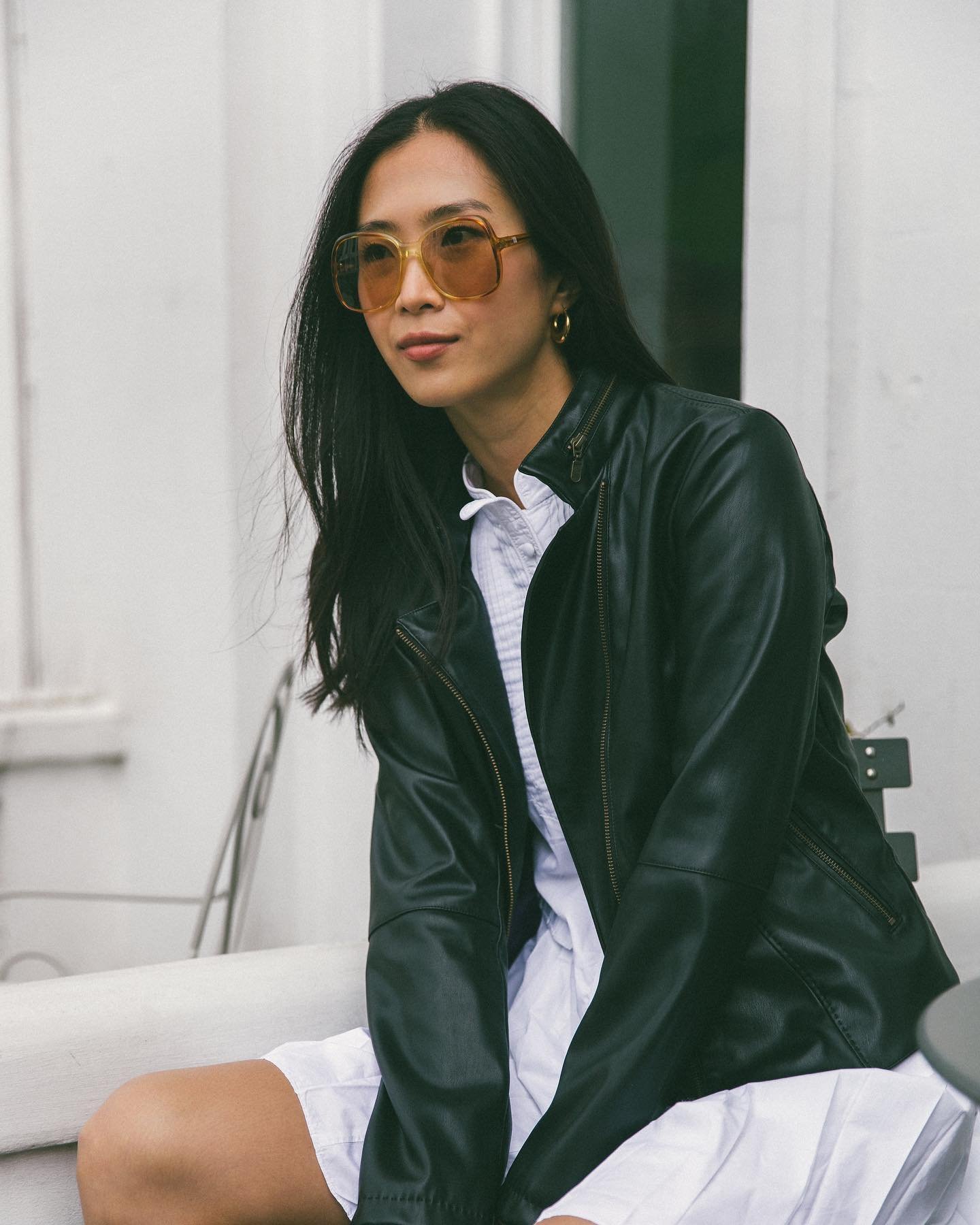
If you’re working on creating a healthier home, start with where you spend a third of your life- your bed. Conventional sheets are often treated with harsh chemicals like formaldehyde, flame retardants, and toxic dyes. Organic and non-toxic bed sheets offer a safer, more sustainable alternative that supports your well-being and the planet.
Disclosure: Some of the links below are affiliated; we may earn a small commission if you click through and make a purchase. We only feature brands that align with our values and contribute to a better world. Thank you for supporting these brands - and us!
Why Go Organic with Your Bedding?
Organic bed sheets are made from natural fibers like cotton, linen, or hemp - free from pesticides, synthetic fertilizers, and toxic finishes. Not only are they gentler on your skin, but they’re also hypoallergenic and breathable, making them ideal for sensitive sleepers and those with allergies. Choosing organic bedding means fewer harmful chemicals in your sleep environment and a softer, more natural feel every night.
What Makes Sheets Truly Non-Toxic?
Not all sheets labeled “organic” are created equal. Look for third-party certifications like GOTS (Global Organic Textile Standard) or OEKO-TEX® Standard 100 to ensure your sheets meet strict environmental and health standards. These certifications verify that no harmful chemicals are used at any stage - from farming to finishing. Non-toxic sheets also avoid wrinkle-resistant treatments and synthetic dyes, giving you peace of mind every time you crawl into bed.
If you are looking for Linen Bed Sheets specifically, check out this post here.
Our Top Picks for Non-Toxic Bed Sheets:

1. Under the Canopy
Queen Set Price: $118-226
Under the Canopy offers high-quality bedding made from GOTS-certified organic cotton, meeting strict environmental and social standards. Their OEKO-TEX® certified sheets are free from harmful substances and feature a 200-thread-count percale weave for a crisp, breathable texture that ensures comfort and a good night's sleep.
In addition to their ethical sourcing and manufacturing processes, Under the Canopy utilizes low-impact, non-toxic dyes in their products. This commitment not only helps reduce environmental impact but also provides consumers with peace of mind regarding chemical exposure. Available in a diverse palette of colors, these sheets cater to various aesthetic preferences while remaining budget-friendly.
Under the Canopy aims to make eco-friendly bedding accessible to a broader audience, promoting sustainable practices without compromising on quality.

2. ettitude
Queen Set Price: $289-499
Ettitude's sheets are truly something special! They're made from CleanBamboo® lyocell, which comes from 100% organic bamboo. I love how this innovative material is produced in such a responsible way, using a non-toxic, food-grade solvent. It’s not just good for us but also for the planet!
One of my favorite things about CleanBamboo® lyocell is that it’s hypoallergenic. If you have any sensitivities or allergies, you’ll definitely appreciate that! Plus, it has antimicrobial properties, which means it helps keep bacteria and other germs at bay - perfect for a cleaner sleeping space. What’s even better is that these sheets are OEKO-TEX® Class I certified, so you can rest easy knowing they meet the highest standards for safety and have no harmful chemicals.
Customers rave about how breathable ettitude's bedding is, and I can see why! They keep you cool on those warmer nights with amazing air circulation. The temperature regulation is spot on too; they really adjust to your body heat to ensure sweet dreams all night long. And can we talk about the texture? The soft feel of CleanBamboo® lyocell is like a hug for your skin! Whenever I want something cooler and softer, these sheets are definitely my go-to.

3. Saatva
Queen Set Price: $275-395
Saatva's Organic Sateen Sheet Set is crafted from 100% GOTS-certified long-staple organic cotton, ensuring a commitment to sustainability and quality. The use of long-staple fibers contributes to the durability and smoothness of the fabric, making it resistant to wear and tear over time. With a 300-thread-count sateen weave, these sheets offer a luxurious, soft feel against the skin, while also being breathable for a comfortable sleeping experience. The sateen finish provides a subtle sheen, enhancing the aesthetic appeal of your bedding ensemble.
In addition to their sumptuous texture, these sheets are made from organic materials free of harsh chemicals and toxins. They also have a set of linen bed sheets that we have been using for years (we also own a Saatva mattress)!

4. Pact
Queen Set Price: $112-160
Pact’s bedding collection focuses on sustainability and ethical production, using 100% organic cotton that's not only soft but very eco-friendly. Their commitment to Fair Trade Certified™ factories ensures that the workers involved in the production process are treated fairly and paid a living wage.
The bedding is designed with both breathability and comfort in mind, catering to different sleeping preferences. For those who tend to get hot during the night, the Cool-Air Percale sheets feature a crisp, lightweight weave that enhances airflow and helps regulate body temperature. On the other hand, the Room Service Sateen options provide a lush, smooth feel against the skin, perfect for those who prefer coziness and a slightly warmer touch.
Overall, Pact combines comfort with conscious consumerism, making their bedding a choice that supports both personal comfort and ethical practices. Plus, their dedication to quality ensures that these sheets are not just sustainable, but also durable and long-lasting, providing a restful night's sleep for years to come.

5. West Elm
Queen Set Price: $139-189
West Elm provides a diverse selection of organic bedding options, emphasizing sustainability and comfort. One notable product is the Organic Washed Cotton Percale Sheet Set, which is made entirely from 100% organic cotton. These sheets are not only breathable but also have a soft, inviting texture that enhances sleep quality.
The manufacturing process prioritizes eco-friendly practices, using high-quality yarns that result in a durable and luxurious feel. The washed cotton finish gives the sheets a relaxed, lived-in look while maintaining their crispness and structure.
West Elm's commitment to responsible sourcing and eco-friendly production methods makes their bedding an excellent option for those looking to create a more sustainable and comfortable bedroom environment. They have so many colors and fabrics to choose from!

6. Naturepedic
Queen Set Price: $259-549
Naturepedic's sheets are meticulously crafted from GOTS-certified organic cotton, ensuring that the cotton is grown without the use of synthetic pesticides, herbicides, or genetically modified organisms (GMOs). This certification not only guarantees that the cotton is organic but also promotes sustainable farming practices that are better for the environment.
In addition to being organic, these sheets are GREENGUARD® Gold certified, which means they have been tested and verified for low chemical emissions. This certification indicates that they contribute to a healthier indoor air quality, making them an excellent choice for those who prioritize a safe and healthy sleep environment.

7. Coyuchi
Queen Set Price: $159-518
Coyuchi is well-known for its commitment to sustainability and premium quality in organic bedding. One standout product in their collection is the Cloud Brushed Organic Flannel Sheet Set, which perfectly combines comfort with eco-consciousness. Crafted from a blend of recycled and organic cotton, these sheets offer a soft and plush feel, making them ideal for cozy nights. The heavyweight nature of the fabric provides warmth without compromising breathability, making them ideal for various climates.
What sets Coyuchi apart is their unwavering dedication to environmental responsibility. The manufacturing process for these sheets avoids toxic substances, promoting not only healthier sleep but also supporting sustainable farming practices.

8. Savvy Rest
Queen Set Price: $149
Savvy Rest offers a range of high-quality GOTS-certified organic mattresses and bedding products that prioritize both comfort and sustainability. Their mattresses are made from carefully sourced materials, including organic cotton, which is grown without harmful pesticides and chemicals, and organic wool batting, which naturally regulates temperature and wicks away moisture. Additionally, they utilize natural latex, known for its durability and support, providing a comfortable sleeping surface that conforms to the body.
Savvy Rest is committed to promoting a non-toxic bedroom atmosphere, ensuring that their products are free from synthetic materials and harmful chemicals often found in conventional mattresses and bedding.

9. April Notes
Queen Set Price: $295-315
April Notes specializes in crafting linen bedding that is handmade using premium European flax. This natural fiber is known for its durability and soft texture, making it a wonderful choice for bedding. The sheets offered by April Notes are not only luxurious but also certified free from harmful chemicals, ensuring a safe sleeping environment.
In addition to their chemical-free properties, the linen is naturally breathable, which allows for excellent air circulation, keeping you cool in the summer and warm in the winter. The hypoallergenic nature of the material is perfect for those with sensitive skin or allergies, as it resists dust mites and other irritants. Furthermore, linen has thermoregulating properties, meaning it helps to maintain a comfortable body temperature throughout the night.

10. American Blossom Linens
Queen Set Price: $319-419
American Blossom Linens offers an impressive selection of sheets crafted from 100% organic cotton, sourced exclusively from the rich soils of West Texas. Every aspect of the manufacturing process takes place in the USA, ensuring a commitment to quality and local production.
These sheets feature a percale weave, known for its tight, breathable structure, which provides a crisp feel that enhances comfort while sleeping. This weave is particularly durable, making the sheets resistant to wear and tear. Importantly, the sheets are free from harmful chemicals and dyes, promoting a healthier sleep environment for you and your family. With each wash, the sheets become softer and more inviting, allowing you to enjoy luxuriously cozy bedding that lasts.
Additionally, by choosing American Blossom Linens, you support sustainable practices and local craftsmanship, contributing to a more environmentally friendly and ethical textile industry.















